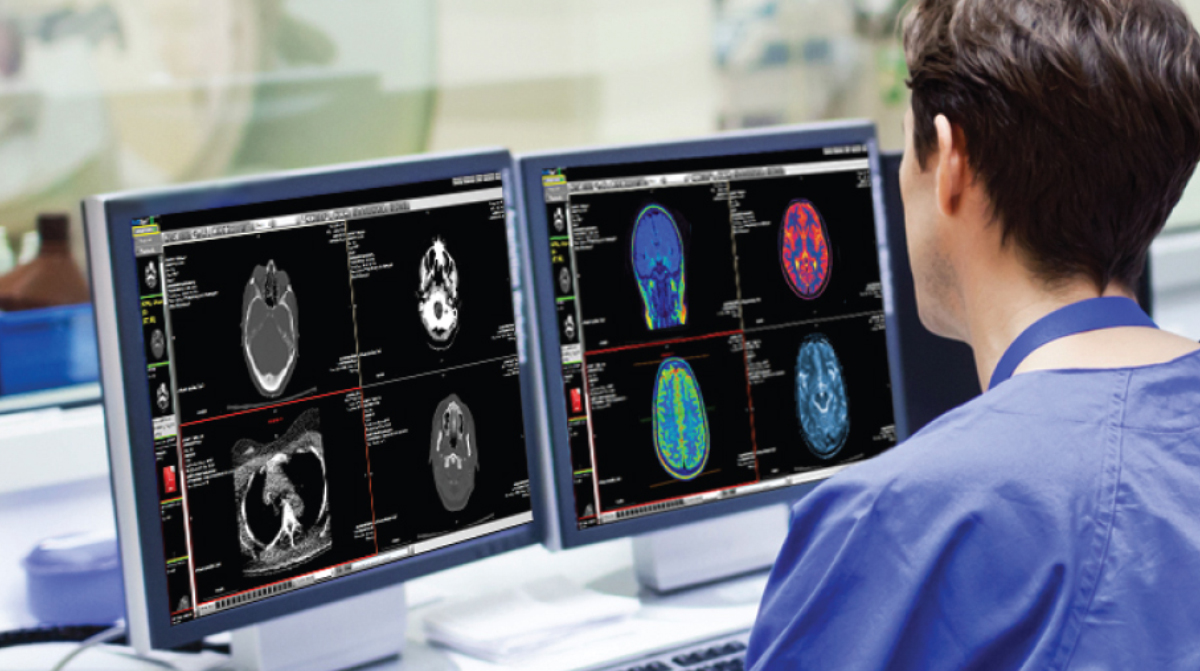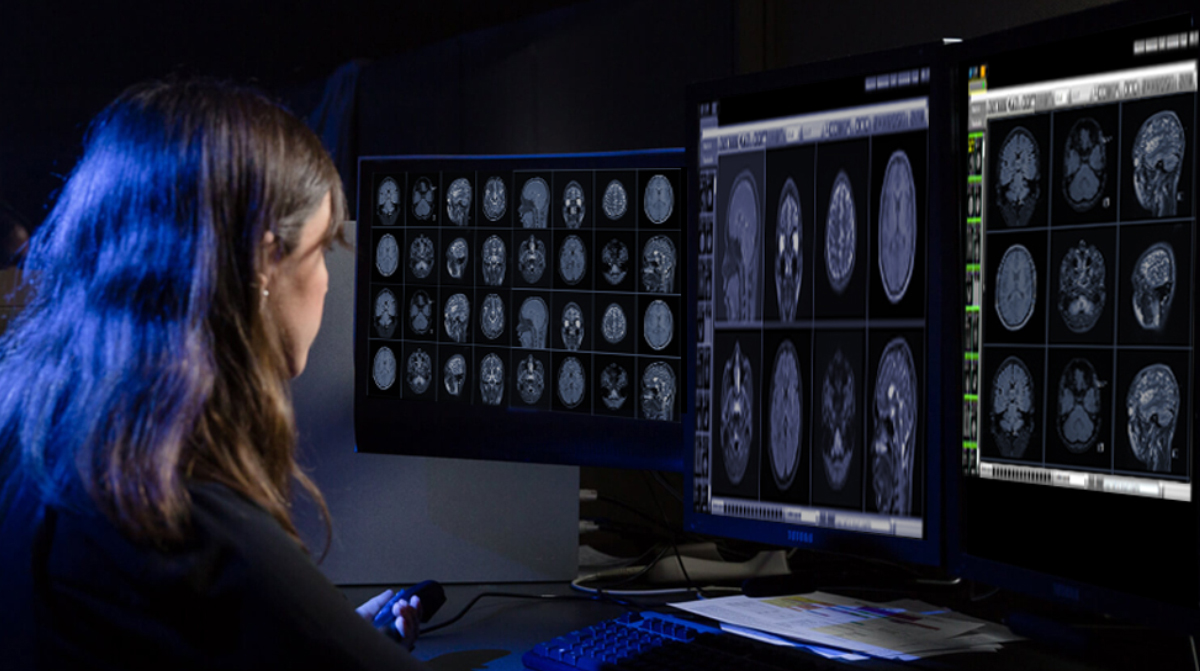Imaging Management System ( RIS and PACS )
A radiology software system known as RIS is used to store and manage medical imaging data. It automates data administration just like an information system for hospitals (HIS), but it is tailored especially for radiology departments within the hospitals and also a standalone scan centres. By combining all of the tasks involved in maintaining patient data into one complete system, RIS optimises the imaging procedure.
A form of medical IT system used in radiology departments is referred to as RIS, which is sometimes used in conjunction with other terminology like Picture Archiving and Communications System. The topic of what exactly RIS is and what sets it apart from PACS can arise given that it is used in the same industry as PACS and frequently used in tandem with it. Systems like PACS offer storage and a long-term alternative for the handling of patient information, whilst RIS enhances workflow and streamlines procedures. PACS also offers tools and functionality for sophisticated image processing. Therefore, RIS and PACS function as two complementing systems and are combined in the majority of radiology clinics.

Features
The most typical attributes of an Imaging system are as follows:
- Images from imaging devices are stored, together with any other pertinent patient data, in the database.
- Image tracking - RIS permits the tracking of patient-related data and ready from medical imaging devices.
- Distribution of patient data and medical photographs is made possible via sharing. When RIS is combined with a localized software solution, such as Egypt HealthBook, or when RIS is coupled with a cloud-based solution, such as RIS, such as Egypt HealthBook, anyone with internet connection can access documents, which makes it easier for doctors to collaborate.
- Patient tracking - The technology is made available to keep track of the patient's medical care. By logging into the system if necessary, the patient's complete medical history may be accessible, and the patient's information can be reviewed for any updates all across the scanning procedure. Workflow management is considerably enhanced as a result.
- Interactive Documents: RIS systems make it possible to create interactive documents, which improve doctor-patient communication and speed up scan.
- Results Input and Distribution - Although results are given digitally, there are capabilities for exporting data to paper-based formats. It is quick and simple to fax or email medical reports. For particular operations, particular patients, or groups of patients, the imaging system can generate statistical reports.
- Billing procedures - The system has the ability to store financial data, handle electronic payments, and automated billing.
- Resource Management - The organisation and accessibility of data on supply requirements makes it easier to manage resources and the budget set aside for supply and demand.
How a hospital or Physician can place order to a specific Imaging centre?
Imaging tests carried out in a testing facility are covered by the Placing an order of Scan Tests Regulation and the Requirements of Participation: The Radiology Service Rules apply to both inpatients and outpatients at hospitals.




